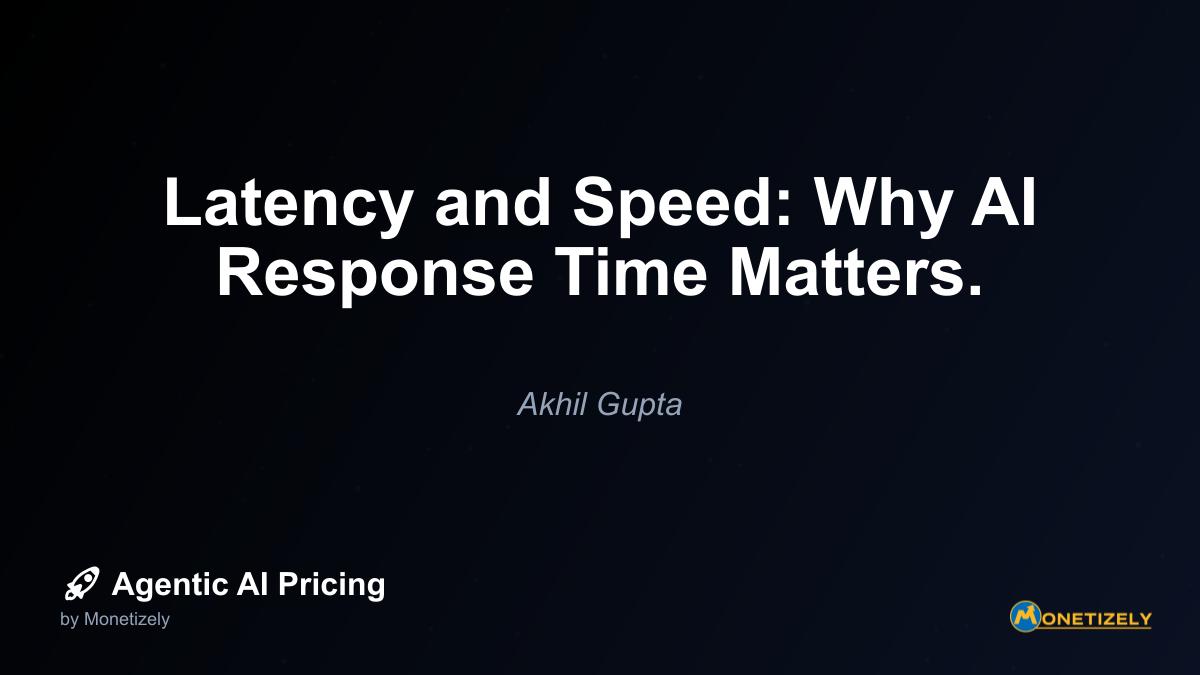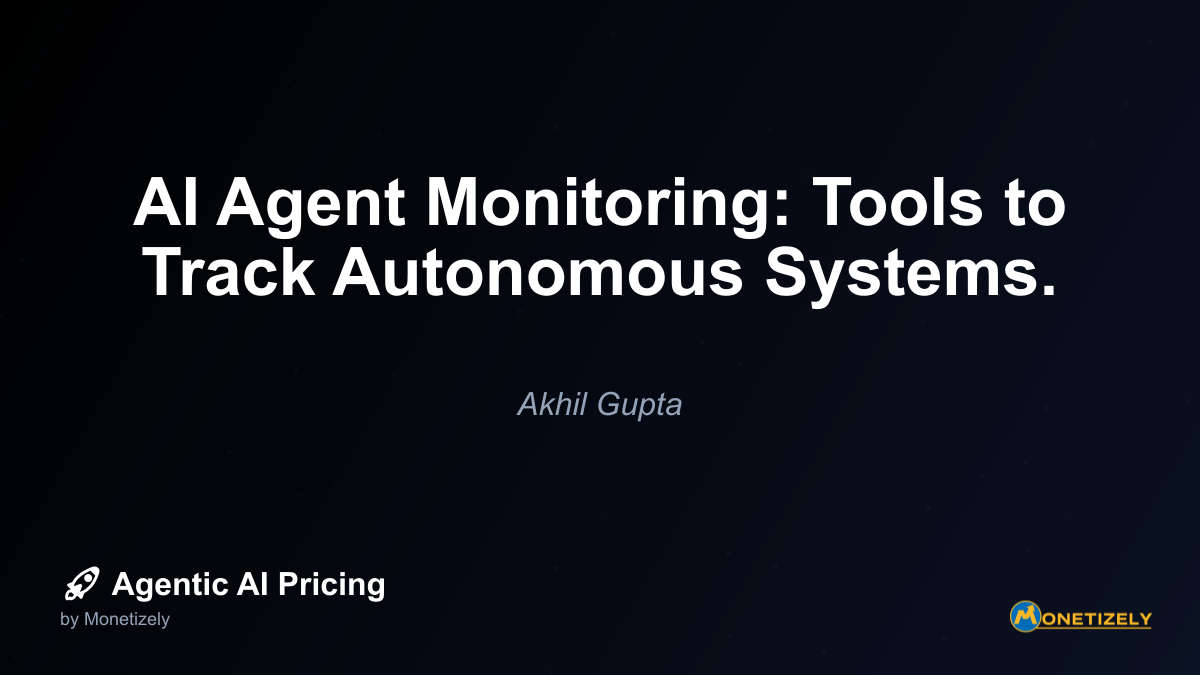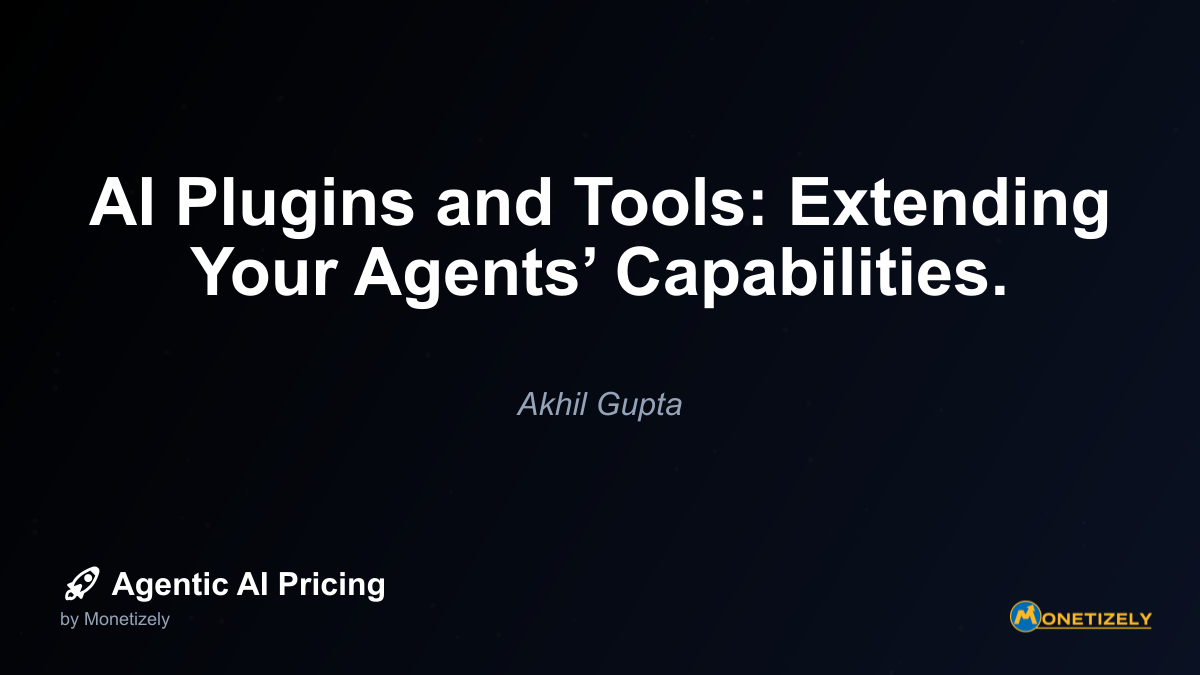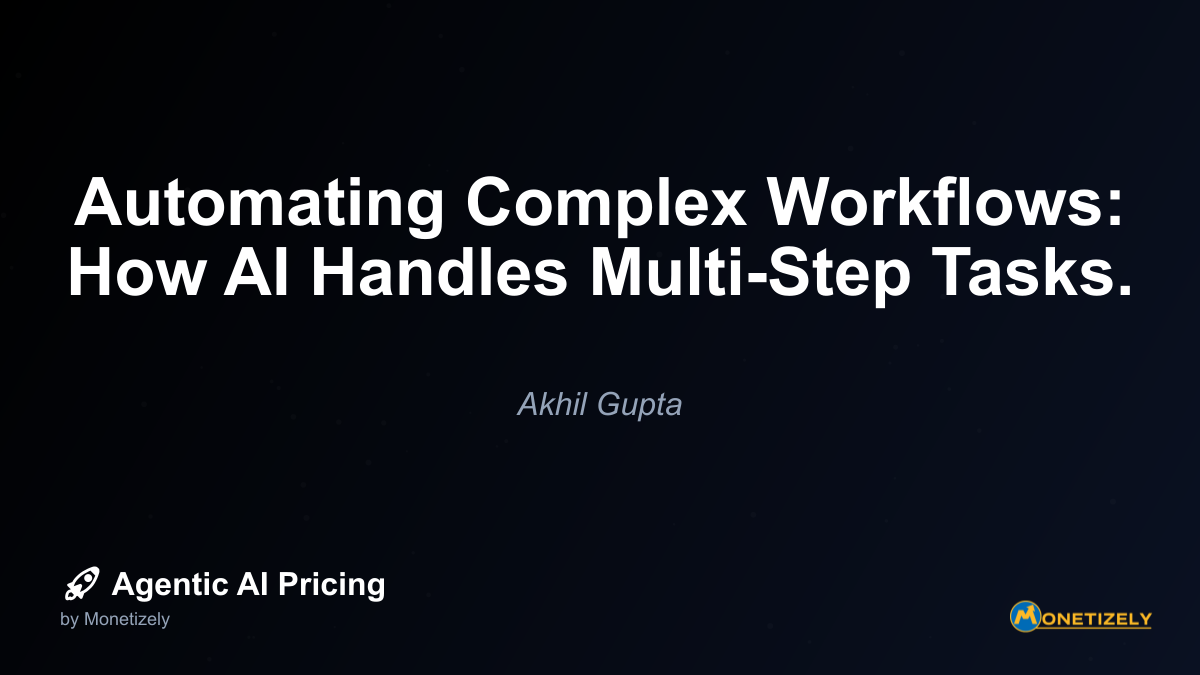· Ajit Ghuman · Technical Insights · 7 min read
Scaling Up: Handling High-Volume AI Interactions.
AI and SaaS Pricing Masterclass
Learn the art of strategic pricing directly from industry experts. Our comprehensive course provides frameworks and methodologies for optimizing your pricing strategy in the evolving AI landscape. Earn a professional certification that can be imported directly to your LinkedIn profile.

Usage-Based Pricing Models
For many organizations, usage-based pricing models offer the most effective approach to managing costs at scale. These models typically include:
- Pay-per-token or pay-per-request pricing for model inference
- Tiered pricing with volume discounts
- Reserved capacity options for predictable workloads
- Burst capacity for handling peak periods
As explored in The AI Inference Cost Problem: How to Price When Compute Costs Vary, organizations must carefully balance their own costs against their pricing models to maintain profitability as volumes scale.
Cost Monitoring and Optimization
Implementing robust monitoring and optimization processes becomes increasingly important as scale increases:
- Real-time cost tracking and alerting
- Regular auditing of resource utilization
- Automated cost optimization routines
- Continuous evaluation of alternative deployment options
These processes help identify inefficiencies, prevent unexpected cost spikes, and ensure that spending aligns with business value as interaction volumes grow.
Ensuring Reliability and Availability at Scale
As AI systems become business-critical, maintaining reliability and availability becomes paramount.
Fault Tolerance and Redundancy
High-volume AI deployments require comprehensive fault tolerance strategies:
- Geographic redundancy across multiple regions
- Multi-cloud deployments to mitigate provider-specific outages
- Redundant processing paths for critical operations
- Graceful degradation capabilities when resources are constrained
These approaches ensure that even when components fail, the overall system remains operational—perhaps with reduced capacity or performance, but without complete outages.
Monitoring and Observability
Effective monitoring becomes increasingly sophisticated as systems scale:
- Real-time performance metrics across all system components
- Anomaly detection to identify potential issues before they impact users
- Distributed tracing to understand request flows through complex systems
- Synthetic transactions to verify end-to-end functionality
Advanced observability tools allow operations teams to quickly identify and resolve issues in high-volume environments where manual monitoring would be impossible.
Capacity Planning and Predictive Scaling
Proactive capacity management becomes essential at scale:
- Historical analysis of usage patterns
- Predictive modeling of future demand
- Scheduled scaling for known high-traffic periods
- Automated scaling based on early indicators of increased demand
For example, a retail AI system might automatically increase capacity before major shopping events based on historical patterns and current marketing activities.
Performance Optimization Strategies
Maintaining responsive performance as volumes increase requires continuous optimization efforts.
Reducing Latency Through Edge Computing
For applications requiring real-time responses, edge computing can significantly reduce latency:
- Deploying smaller, optimized models closer to users
- Caching frequently requested information at edge locations
- Processing preliminary analysis at the edge before sending to central systems
- Distributing workloads based on geographic proximity to users
These approaches can reduce round-trip times from hundreds of milliseconds to tens of milliseconds—a critical difference for interactive AI applications.
Asynchronous Processing for Non-Real-Time Tasks
Not all AI interactions require immediate responses. Implementing asynchronous processing patterns can significantly improve overall system throughput:
- Queue-based architectures for processing requests in optimal order
- Background processing for resource-intensive operations
- Webhook-based notification when results are ready
- Progressive result delivery for long-running processes
For example, a document analysis system might immediately acknowledge receipt of documents, process them in the background based on priority, and notify users when analysis is complete.
Performance Testing and Benchmarking
Rigorous performance testing becomes increasingly important as systems scale:
- Load testing to verify capacity under expected and peak conditions
- Stress testing to identify breaking points
- Soak testing to detect performance degradation over time
- Benchmarking against industry standards and competitors
These practices help organizations understand their systems’ true capabilities and limitations, informing both technical improvements and business decisions about service levels and capacity planning.
Scaling Considerations for Different AI Application Types
Different types of AI applications present unique scaling challenges that require specialized approaches.
Conversational AI and Chatbots
Systems handling thousands of simultaneous conversations face particular challenges:
- Maintaining conversational context across multiple interactions
- Balancing response quality with response time
- Managing varying conversation lengths and complexities
- Handling multi-modal inputs (text, voice, images)
Effective scaling strategies might include conversation prioritization based on complexity, dynamic allocation of more powerful models for complex queries, and specialized caching for frequently requested information.
Recommendation and Personalization Systems
High-volume recommendation engines require specific optimizations:
- Pre-computing recommendations for common scenarios
- Implementing multi-tiered recommendation approaches
- Balancing personalization depth with computational cost
- Caching and incrementally updating recommendations
These systems often benefit from hybrid approaches that combine lightweight, real-time personalization with deeper, batch-processed recommendations generated during off-peak hours.
Computer Vision and Media Processing
Systems processing large volumes of images or videos face bandwidth and computational challenges:
- Implementing progressive processing pipelines
- Optimizing media compression and transmission
- Utilizing specialized hardware (GPUs, TPUs, VPUs)
- Parallelizing processing across multiple nodes
For instance, a security system analyzing thousands of video feeds might use lightweight models for initial motion detection, only invoking more sophisticated object recognition when potential issues are identified.
Data Management at Scale
As AI systems scale, the volume of data they generate and consume grows exponentially, creating unique management challenges.
Data Pipeline Optimization
Efficient data pipelines become critical for high-volume operations:
- Implementing stream processing for real-time data
- Optimizing ETL processes for batch operations
- Ensuring data quality and consistency at scale
- Balancing data freshness with processing efficiency
Organizations must design pipelines that can handle both the volume and velocity of data while maintaining the quality necessary for effective AI operations.
Data Retention and Compliance
Managing data retention becomes increasingly complex at scale:
- Implementing tiered storage strategies based on data age and importance
- Automating compliance with retention regulations
- Balancing analytical needs with storage costs
- Ensuring appropriate security controls across all data tiers
These considerations are particularly important for organizations in regulated industries where improper data management can lead to significant compliance issues.
Feedback Loops for Continuous Improvement
High-volume AI systems generate valuable data that can be used for continuous improvement:
- Capturing performance metrics and user feedback
- Identifying patterns in successful and unsuccessful interactions
- Automating the retraining process with new data
- Testing improvements in controlled environments before full deployment
Organizations that effectively leverage these feedback loops can continuously enhance their AI capabilities while maintaining stable performance at scale.
Organizational Considerations for High-Volume AI
Successfully scaling AI operations requires appropriate organizational structures and processes.
Building Cross-Functional Teams
High-volume AI systems span traditional organizational boundaries:
- Data scientists and ML engineers for model development
- Infrastructure and DevOps teams for deployment and scaling
- Product managers for feature prioritization
- Business analysts for cost management and ROI assessment
Creating cross-functional teams with clear accountability for both performance and cost metrics typically leads to more effective scaling outcomes.
Developing Clear Escalation Paths
As systems scale, having well-defined escalation procedures becomes essential:
- Automated alerting based on predefined thresholds
- Clearly defined severity levels and response times
- Documented escalation paths for different issue types
- Regular drills to verify escalation effectiveness
These procedures ensure that when issues inevitably occur, they’re addressed quickly and by the appropriate personnel.
Balancing Innovation and Stability
Organizations must balance continuous innovation with operational stability:
- Implementing canary deployments for new features
- Establishing clear performance baselines and objectives
- Defining acceptable risk levels for different system components
- Creating separate environments for experimentation and production
This balanced approach allows organizations to continue enhancing their AI capabilities while maintaining the reliability necessary for business-critical operations.
Conclusion: Building for Sustainable Scale
Scaling AI systems to handle thousands or millions of interactions requires a comprehensive approach that addresses infrastructure, models, costs, reliability, and organizational factors. Organizations that successfully navigate these challenges position themselves to derive maximum value from their AI investments while maintaining control over costs and performance.
Key takeaways for organizations preparing to scale their AI deployments include:
Design for elasticity from the beginning - Even if initial volumes are low, architecting systems that can scale prevents painful redesigns later.
Implement comprehensive monitoring - You can’t manage what you can’t measure, particularly at scale where manual oversight becomes impossible.
Balance performance and cost - The highest-performing solution isn’t always the most cost-effective; find the right balance for your specific business needs.
Plan for failure - At scale, component failures are inevitable; design systems that remain operational despite these failures.
Continuously optimize - Scaling is not a one-time effort but a continuous process of refinement and improvement.
By approaching AI scaling with these principles in mind, organizations can build systems that remain responsive, reliable, and cost-effective even as interaction volumes grow exponentially. Those who master these challenges gain significant competitive advantages through their ability to deploy AI capabilities at scales that transform their business operations.
Co-Founder & CEO
Ajit is the author of Price To Scale, a top book on SaaS Pricing and is the Founder of Monetizely. Ajit has led and worked in pricing and product marketing at firms like Twilio, Narvar and Medallia. His work has been featured in Forbes and VentureBeat. Ajit regularly consults with software companies from Seed stage to post-IPO on pricing strategy. Ajit is also a highly-rated co-instructor for 'The Art of SaaS Pricing and Monetization' on Maven.
Pricing Strategy Audit
Let our experts analyze your current pricing strategy and identify opportunities for improvement. Our data-driven assessment will help you unlock untapped revenue potential and optimize your AI pricing approach.




